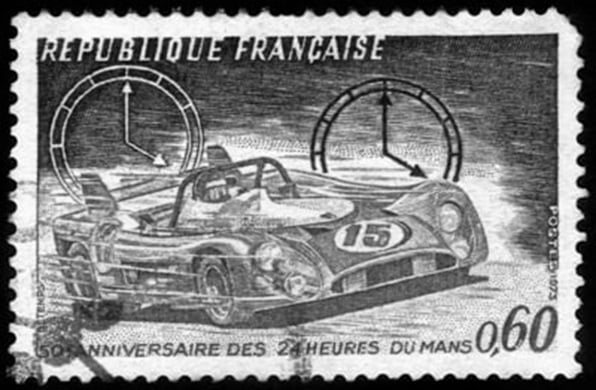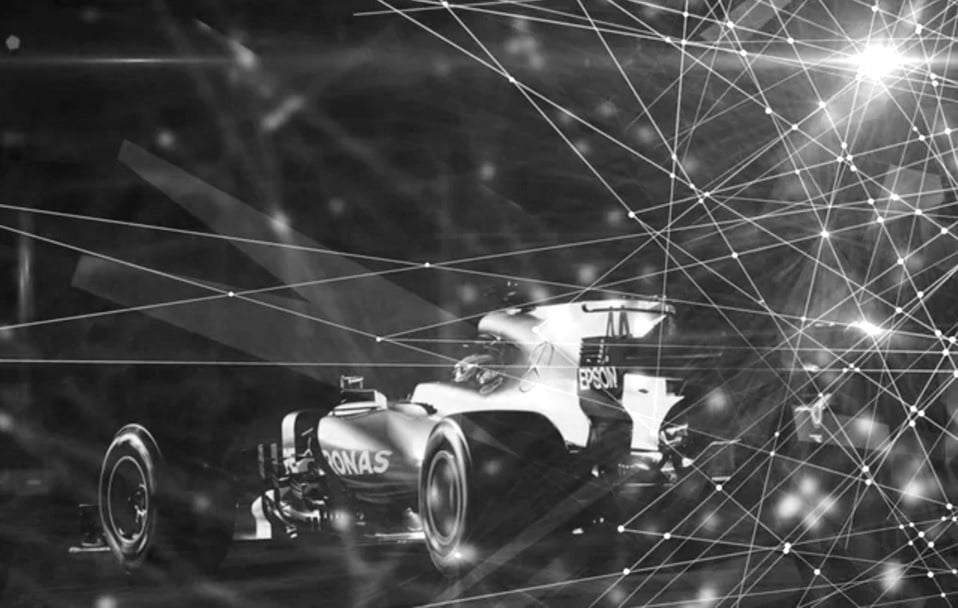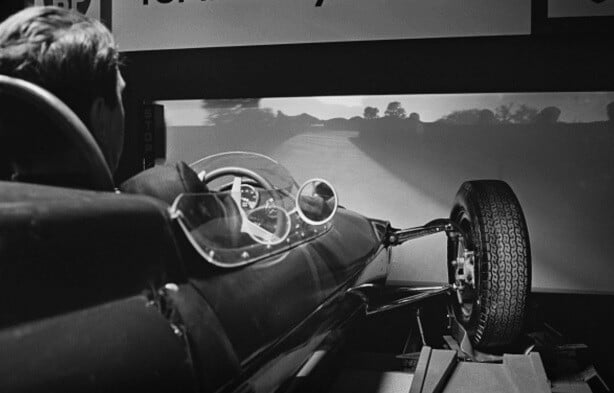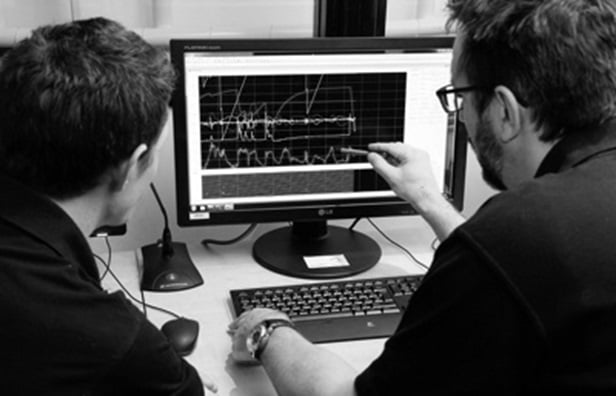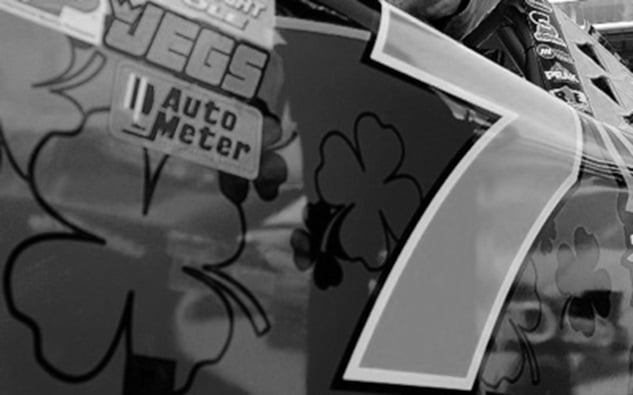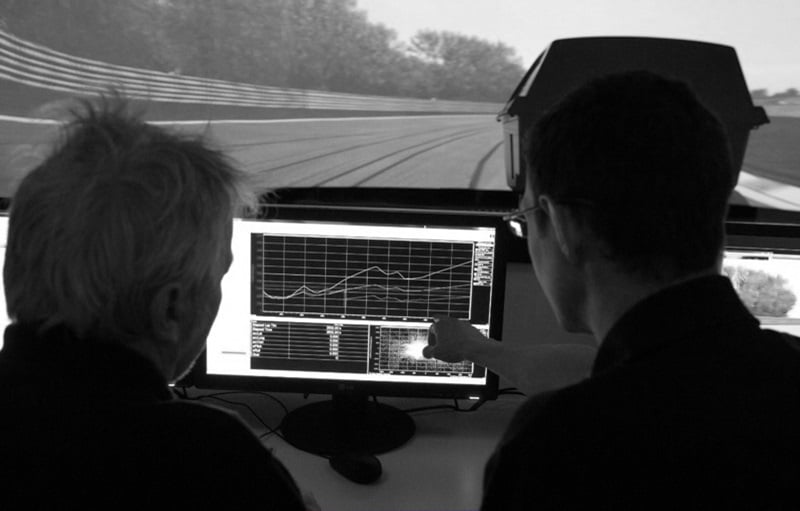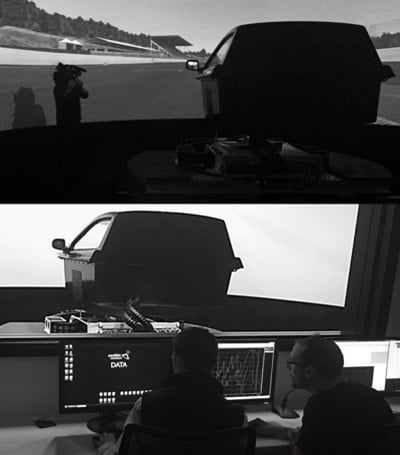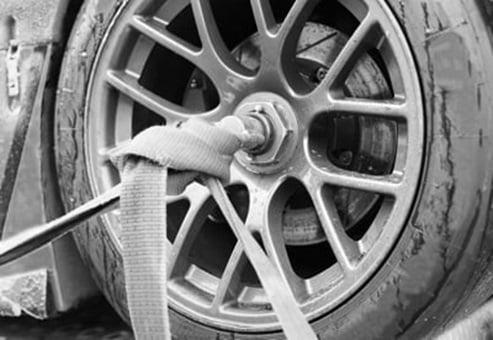Preparing for any race is as much an exercise in readiness and long-game strategy as anything else. As we discussed in a recent article, most major racing series such as NASCAR, Formula 1, IndyCar and the FIA World Endurance Championship have created regulations in recent years that reduce on-track running time. And when the stakes are higher than usual – as is the case with high profile events such as the Indy 500 or the 24 Hours of Le Mans – one can be sure that most winning teams are relying upon driving simulators to accumulate the necessary amount of track test miles to prepare their cars for the upcoming event.
Ostensibly, regulators favor testing bans and limitations as cost control and playing-field-leveling measures, but such restrictions invariably introduce new engineering challenges for competing teams. In brief, anything that limits opportunities for data analysis and driver / race engineer acclimation stands in the way of developing winning strategies. And anything that increases these opportunities can be a pathway to victory. As but one example, Ford Motor Company is making its historical return to Le Mans this coming weekend – after a 50-year hiatus – and they make no secret about using driving simulator technology in their aims for success.
Ford video showing their use of their DIL simulator to prepare for Le Mans
Simulation Tools
Using simulation tools to prepare for races is nothing new, of course. For many years race teams have used off-line modelling to explore vehicle setup and tuning options such as suspension and aerodynamic changes. Driver-in-the-Loop (DIL) simulators are really nothing new either (they have been in the mix for the last decade or so), but their use has traditionally been much in the spirit of running a real car on the track: to assess vehicle setup changes, weather and track surface variations, component contributions, and so on.
Using a DIL simulator, engineers can look at the acquired data from a virtual car just as they would from a real car. Braking points and segment speeds are studied, vehicle stability is mapped against driver inputs – all the usual evaluation and analysis criteria are available, except that it all happens to take place in a lab. The usefulness and efficiency of this approach is self-evident, and a team that desires more track time would be quick to recognize the potential of rapidly accumulating “virtual miles.” But some of the benefits of a DIL simulator aren’t immediately apparent. ‘Secret recipes’ can sometimes emerge from new methods of studying vehicle and driver performance that only DIL simulation experimentation can afford. And a new breed of DIL simulators has been emerging in parallel with these new methods, DIL simulators that can deliver vehicle dynamics class performance and cope with complex driver / physics interactions in real-time.
Secret Recipes
Engineering class DIL simulators – those with the capability to connect skilled drivers with detailed physics models, and deliver compelling experiences to those drivers – can provide race teams with opportunities to prepare for races in heretofore unconventional ways. This is largely because a properly configured DIL simulator lab imposes fewer limits and boundaries than testing on a real racetrack, where test sessions are necessarily structured around entire laps and physical part changes. For example, in a DIL simulator session, “laps” can consist of re-runs of key segments, and directional changes can be discerned from non-physical vehicle changes, i.e. “Even when we place a (fictitious) ceiling on the left front tire temperature, we still have understeer, so let’s look elsewhere for the root issue…”
The next generation of advanced DIL simulators is already out there, already providing some race teams with unparalleled opportunities to think outside the box. In an ironic twist, the regulatory limits on track running time imposed by the sanctioning bodies of various racing series have actually led to many teams accumulating more track miles than ever before. Yes, a lot of those miles are “virtual miles.” But if the DIL simulator can perform, and the right queries are put to it, those virtual miles can be even more valuable than the real thing.
To learn more about leading edge motorsports simulation solutions, download our FREE eBook, Engineering the advantage: Driver-in-the-Loop simulation in motorsport.

